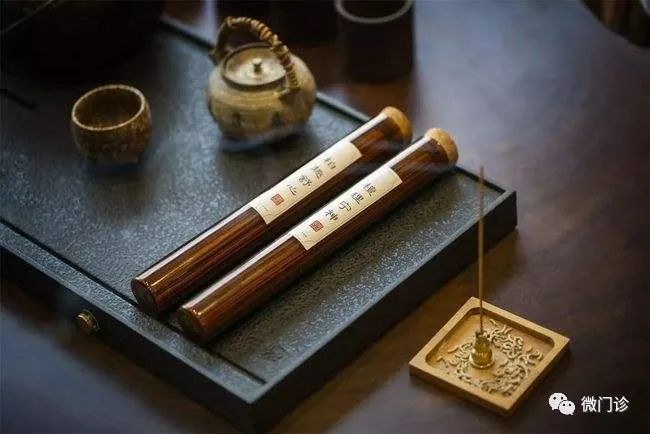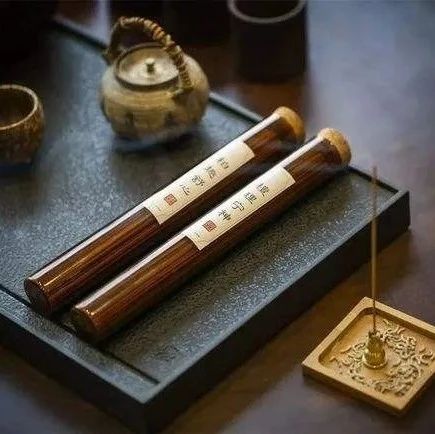
Hello, I am a practitioner of Traditional Chinese Medicine, Wen Junran.
Today, I present you with a TCM diagnostic question.
The slippery pulse (hua mai) is a common pulse type in TCM pulse diagnosis. It has various significances.
Which of the following options generally does not present with a slippery pulse?
A, Deficiency of both Qi and Blood (qi xue liang xu)
B, Phlegm and Fluid Retention (tan yin)
C, Food Stagnation (shi zhi)
D, Excess Heat (shi re)
E, Pregnancy in Women (fu nv ren zheng)
If you have an answer in mind, feel free to write it in the comments section. Teacher Wen looks forward to seeing your insights. To encourage independent thinking, your comments will not be publicly selected for now.
Analysis of the previous question —

Last time, Teacher Wen asked which of the following options can differentiate the depth of pathogenic factors. The options were “Presence or Absence of Tongue Coating (she tai de you wu)”, “Thickness of Tongue Coating (she tai de hou bao)”, “Color of Tongue Coating (she tai de huang bai)”, “True or False Tongue Coating (she tai de zhen jia)”, and “Moisture or Dryness of Tongue Coating (she tai de run zao)”.
The correct answer is B, Thickness of Tongue Coating.
Many got this question right, but quite a few got it wrong. It seems we need to discuss this further.
First, let’s talk about the thickness of the tongue coating. How do we differentiate between thick and thin? It depends on whether the tongue coating is visible at the base of the tongue. If the base is not visible, it is thick; if it is visible, it is thin. A thin coating generally appears in the early stages of illness, in the exterior phase. A thick coating usually indicates a deeper illness, with pathogenic factors having entered the interior. Why is that? I personally believe that the deeper the pathogenic factors penetrate, the more they can cause turbid Qi. This turbid Qi rises to the tongue, resulting in a thicker coating. Therefore, by observing the thickness of the tongue coating, you can differentiate the depth of the illness. This point is quite straightforward.
The presence or absence of tongue coating does not indicate the depth of the illness. Generally, healthy individuals have tongue coating. Absence of coating may be due to deficiency of stomach Qi or stomach Yin. Individuals with deficient Yang Qi or insufficient Ying Blood may also have no coating. In summary, we cannot determine whether the pathogenic factors are in the exterior or interior.
The color of the tongue coating does not provide insight into the depth of the pathogenic factors either. Typically, a person’s tongue coating is thin and white. A pale red tongue with a thin white coating is the standard tongue appearance. If the coating is yellow, it suggests excess heat. Thus, this option is incorrect.
The true or false nature of the tongue coating is the most misleading factor. What is true coating? It is a coating that adheres tightly to the tongue surface, cannot be scraped off easily, and appears to grow from the tongue itself, having roots; this is true coating. If the coating is easily scraped off, it is considered false coating.
True and false coatings can reflect the strength of stomach Qi. When stomach Qi is normal, the coating adheres to the tongue surface and has roots. When stomach Qi is insufficient, it cannot produce new coating, and the old coating will fall off, resulting in false coating. Thus, the true and false nature of the tongue coating best reflects the state of a person’s stomach Qi.
Furthermore, for patients, even if they are in the mid-stage of illness or have been ill for a long time, if the tongue coating is true, it indicates that stomach Qi is still good, and the righteous Qi remains, which can be treated. However, if false coating is observed, it indicates insufficient spleen and stomach Qi, and the righteous Qi is depleted, suggesting a poor prognosis for the patient.
In summary, the true and false nature of the coating is quite revealing. However, it does not indicate the depth of the pathogenic factors. It largely reflects the strength of the righteous Qi.
The last option, moisture or dryness of the tongue coating, is straightforward. A dry coating indicates deficiency of body fluids, while a moist coating indicates no deficiency of body fluids. It has little relation to the depth of the pathogenic factors.
Alright, relatively speaking, today’s question is quite simple. Teacher Wen believes you can definitely answer it correctly. Give it a try!


